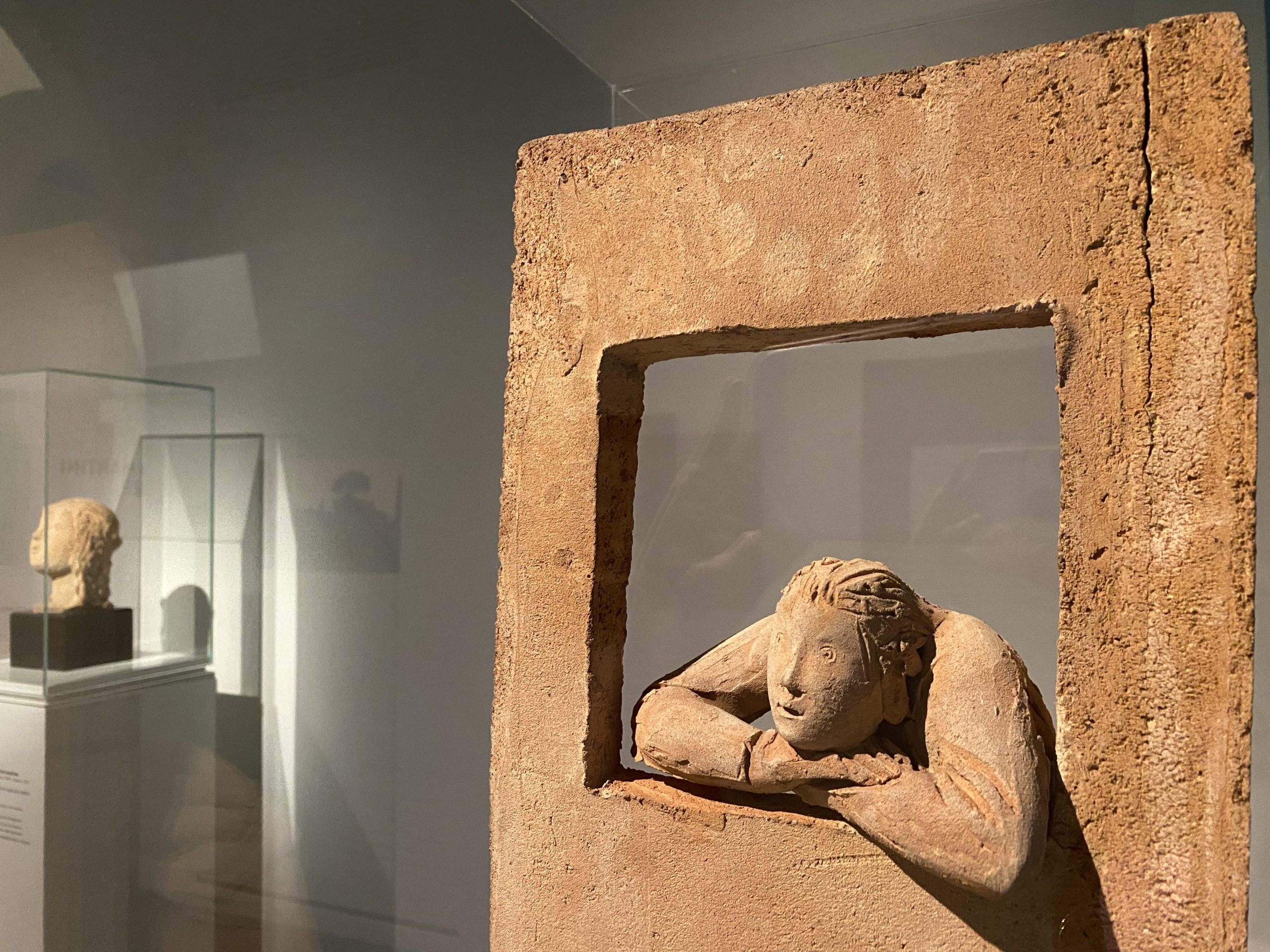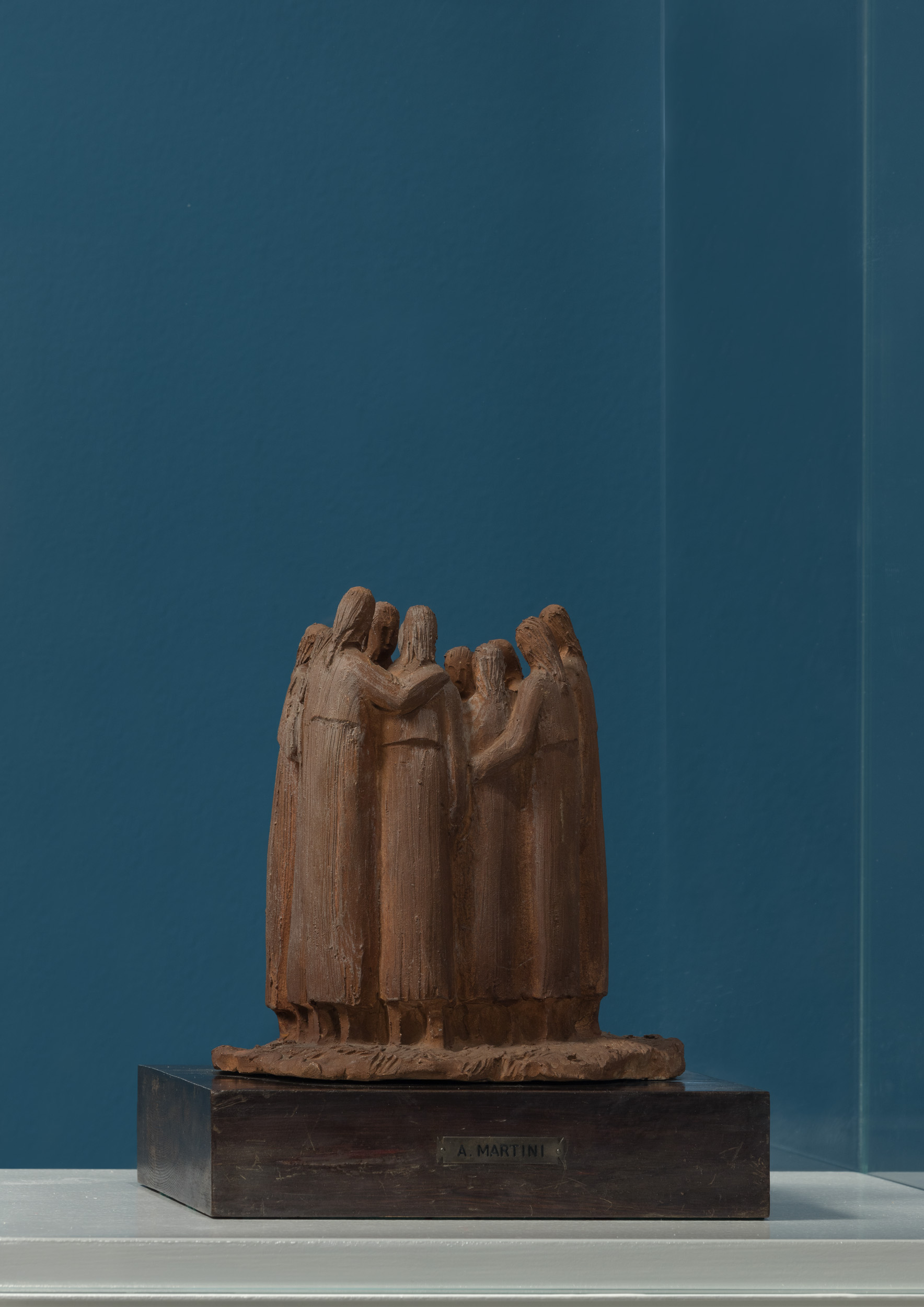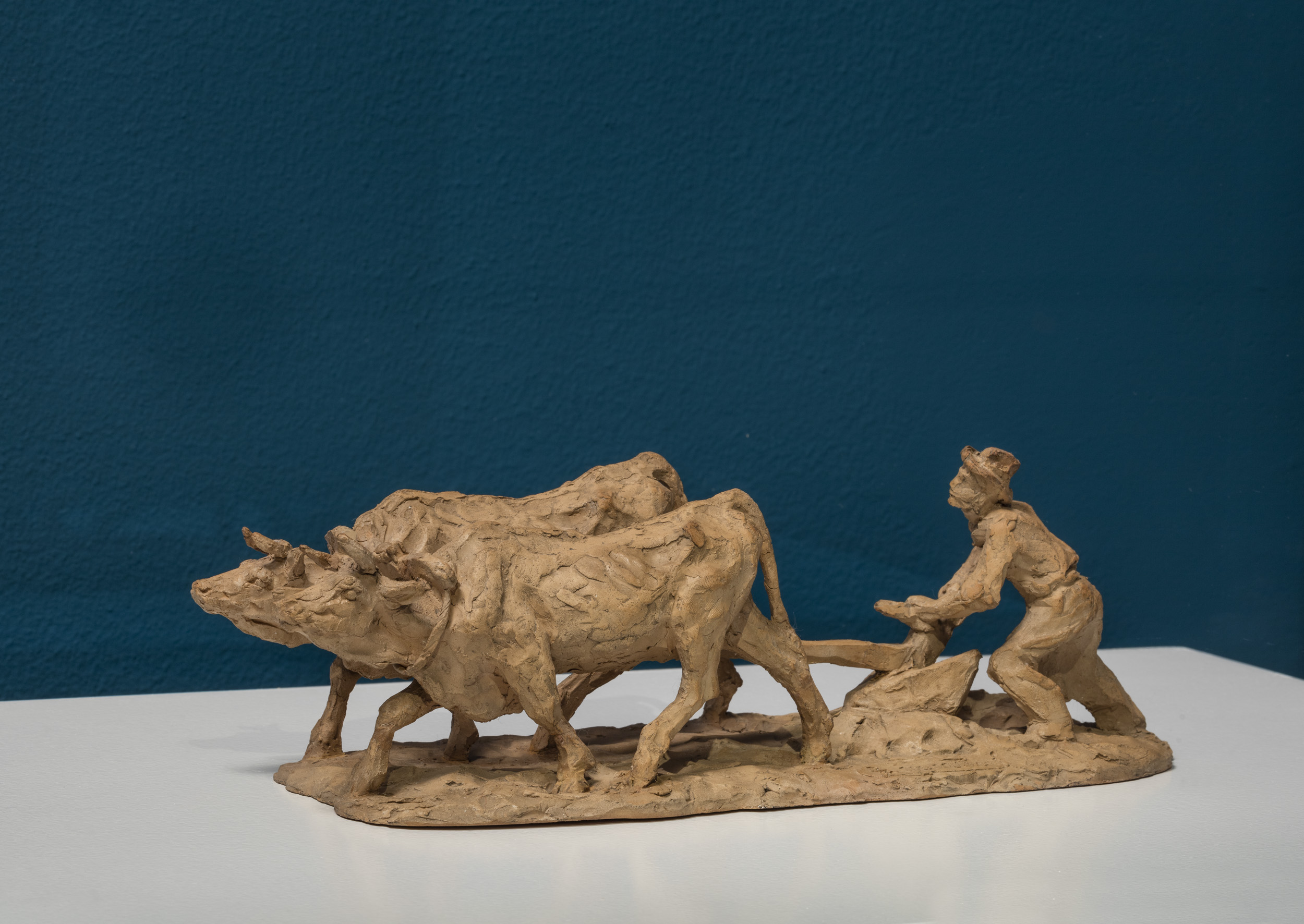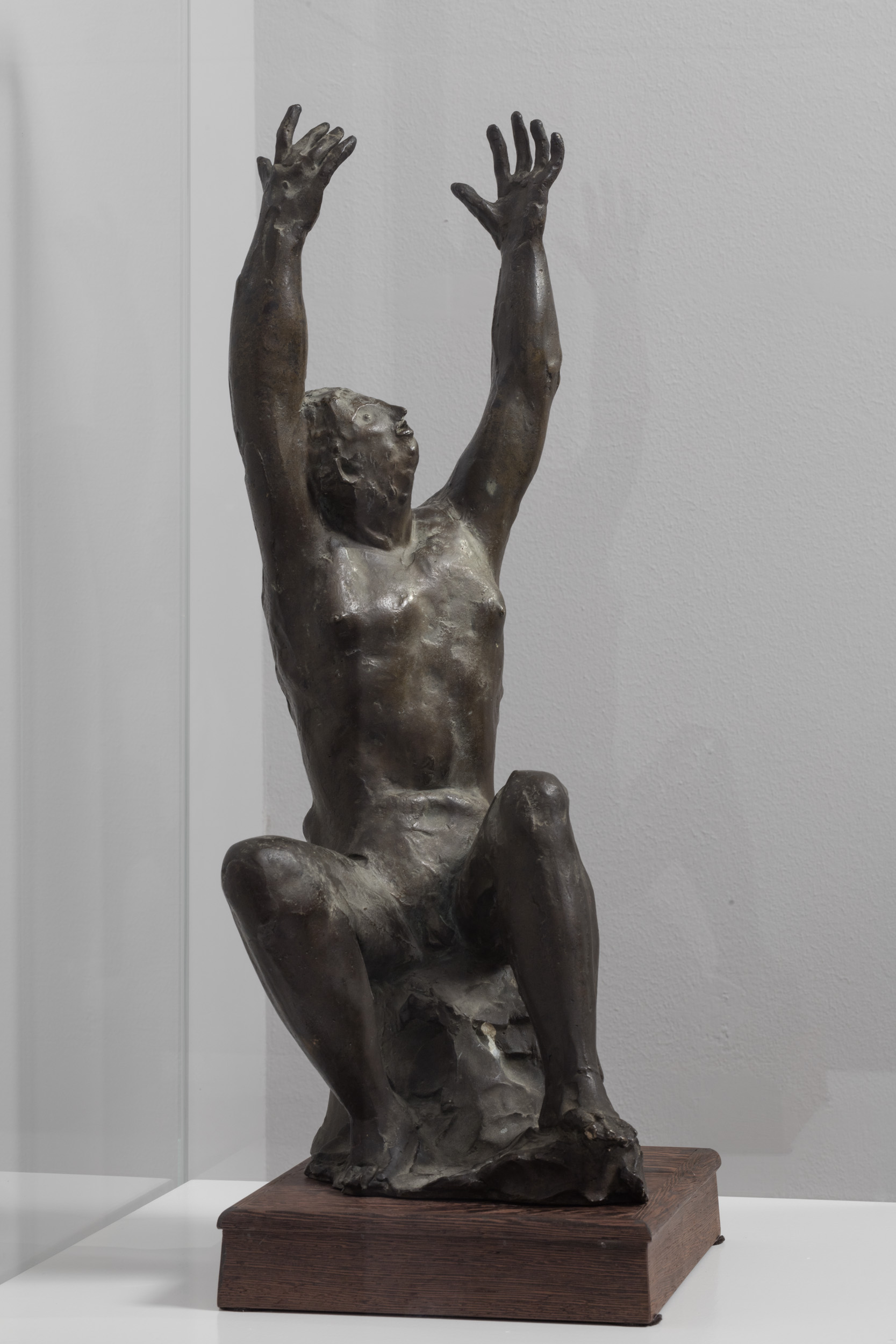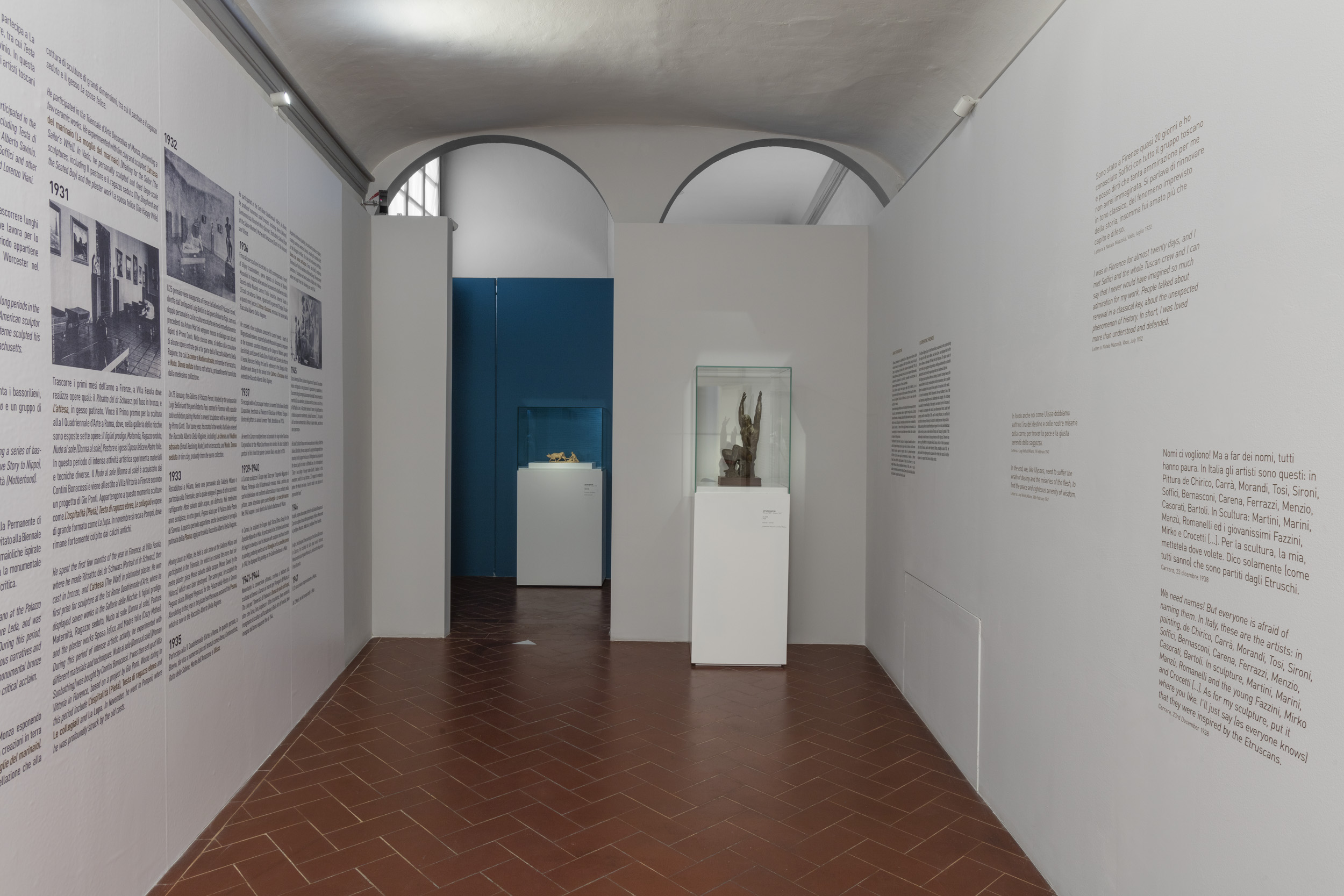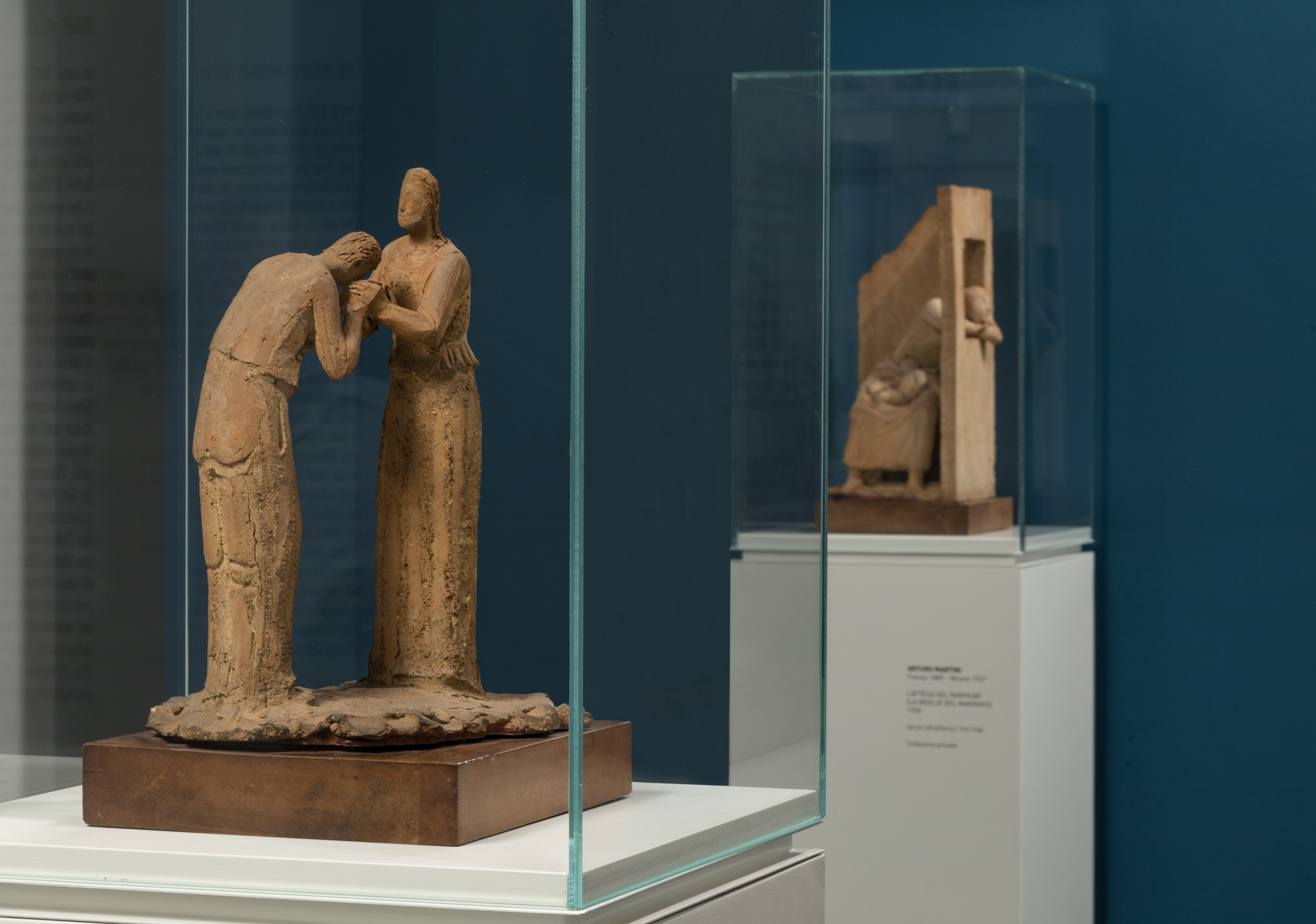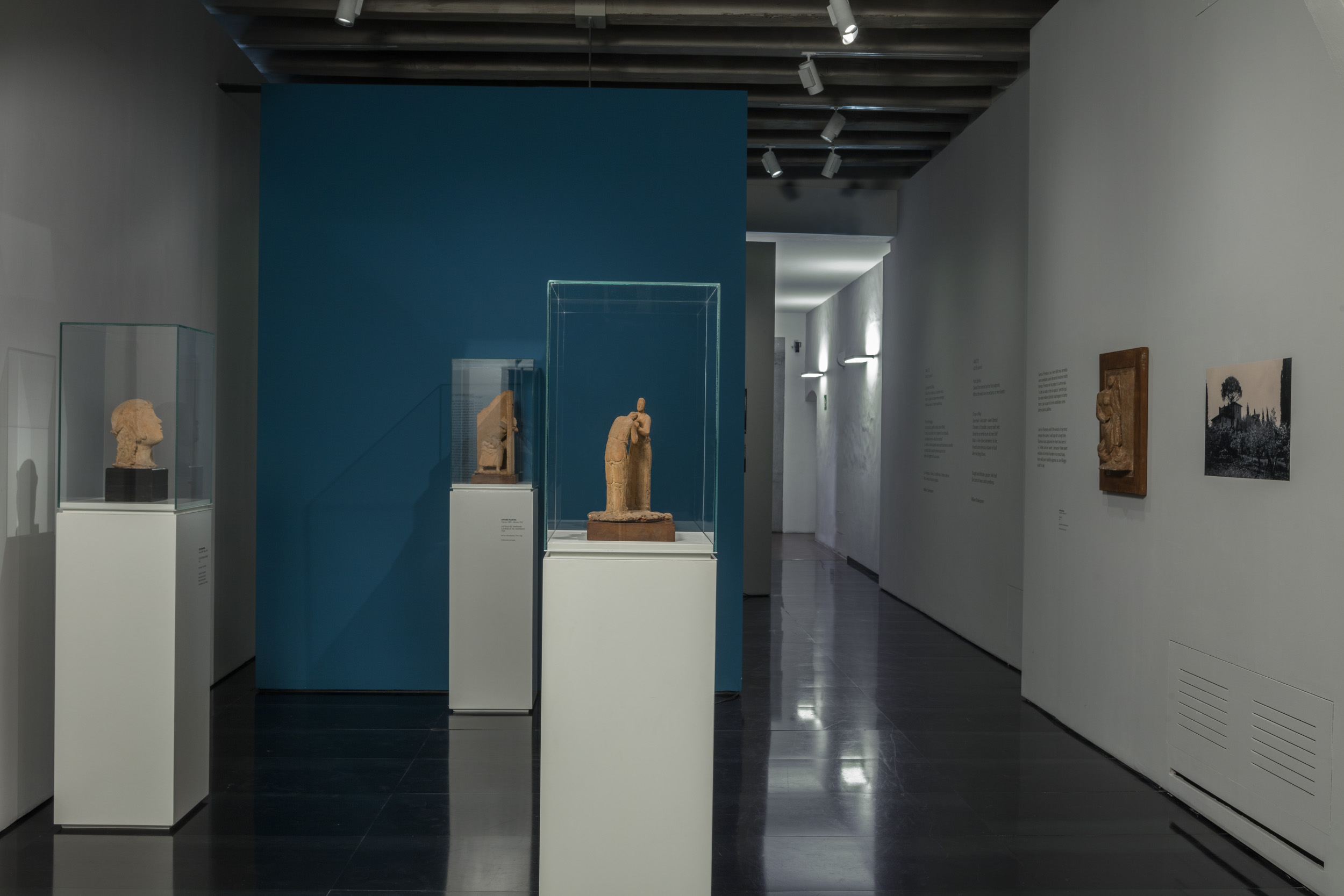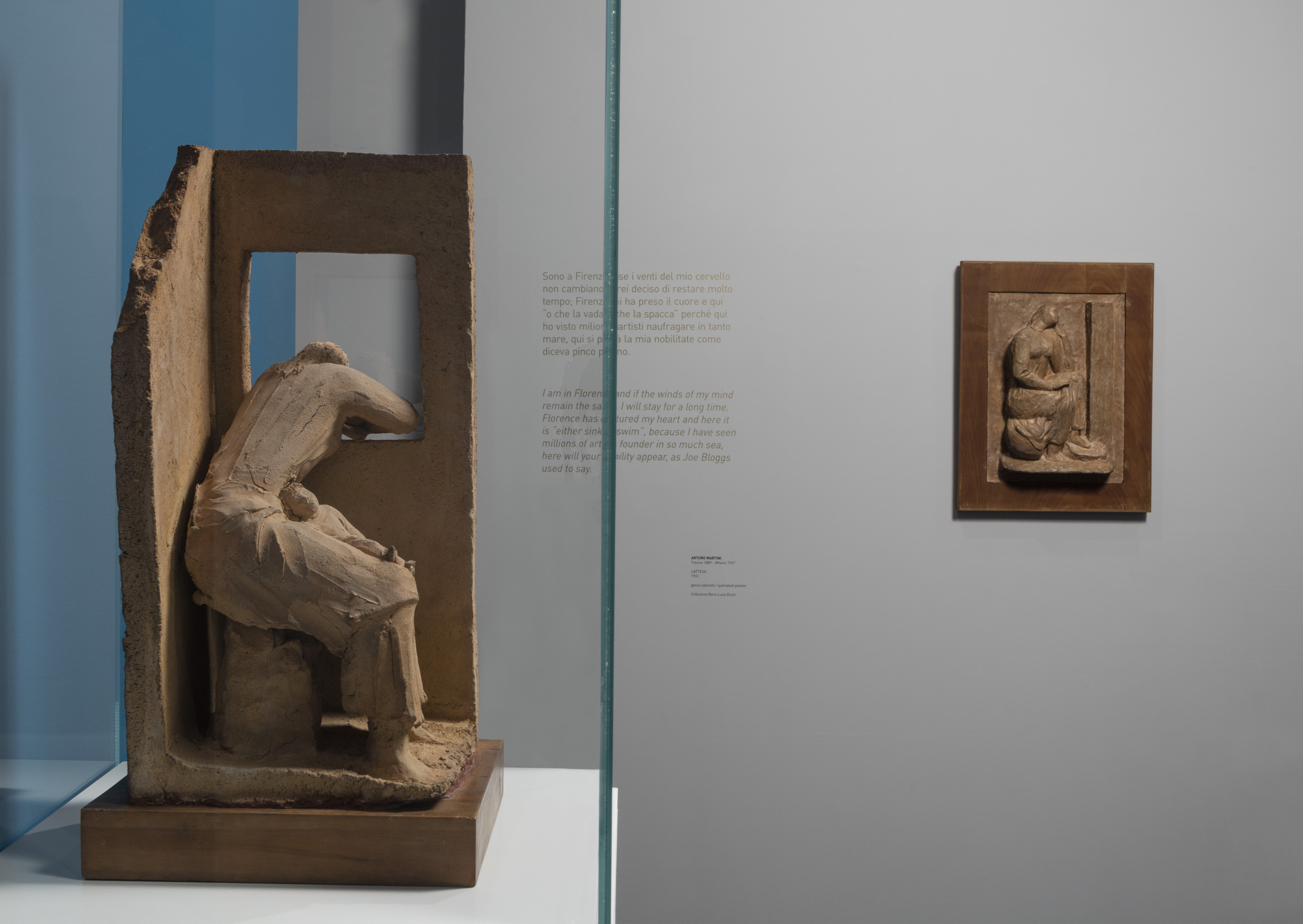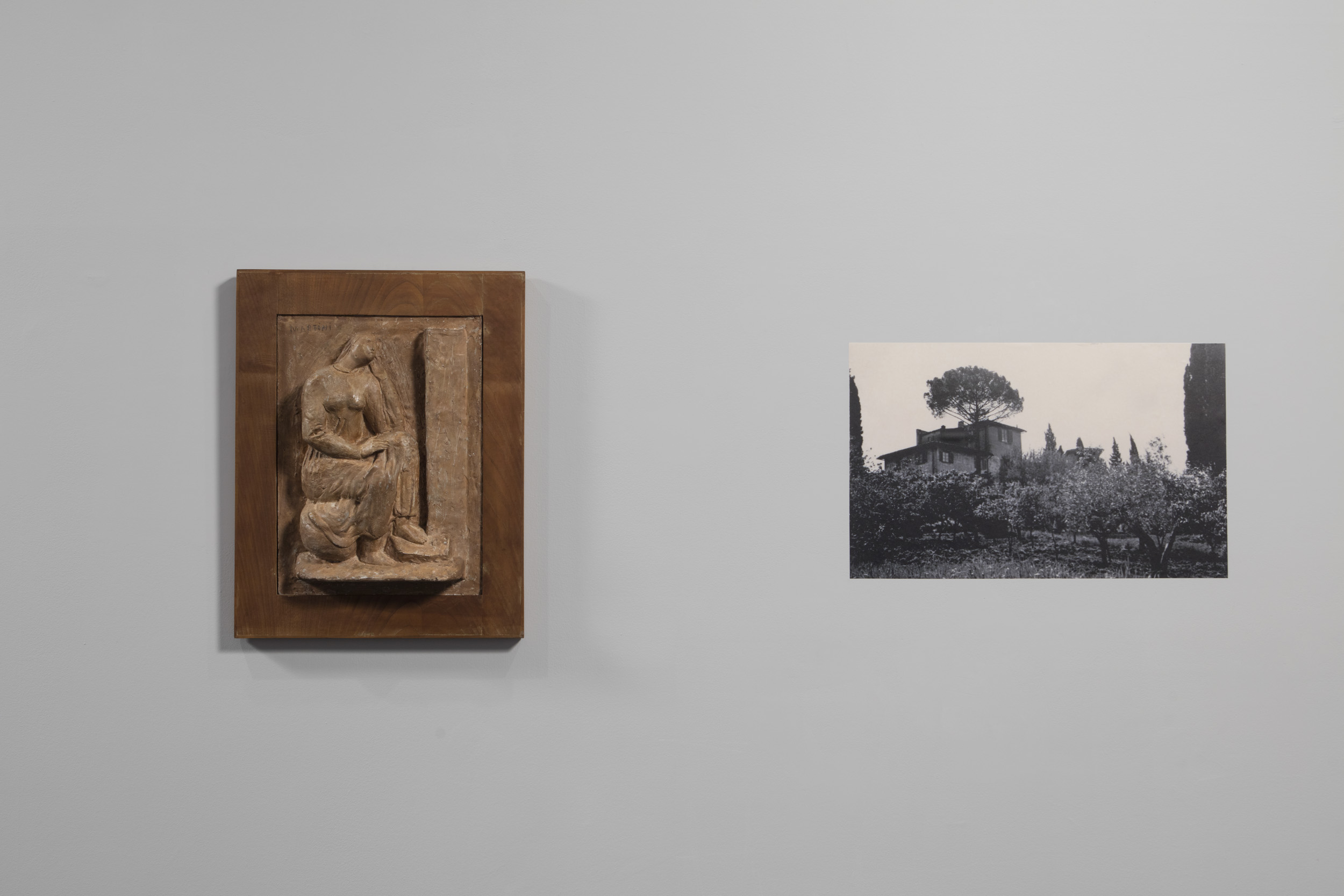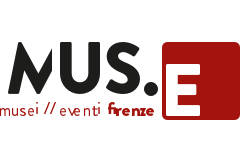Where and when
From
To
Museo Novecento
The exhibition is part of the Solo cycle dedicated to the major artists of the twentieth century, designed to tell peculiar and lesser-known aspects of the life and practice of great protagonists in painting and sculpture of the last century
Exhibition Hours
Winter
Monday – Sunday
11:00 am
–
8:00 pm
Thursday
Summer
Monday – Sunday
11:00 am
–
9:00 pm
Thursday
The Arturo Martini and Florence project is realized in conjunction with the great retrospective dedicated to Henry Moore, another giant of modern and contemporary sculpture.
Conceived as real solos, the exhibitions present from time to time a small group of works, together with documents and apparatuses of various kinds, coming from civic collections or from loans granted by institutions and private collections.
The presence of Arturo Martini in Florence is reconstructed both through his participation in important exhibitions, and because he was immediately the object of interest on the part of private collectors, as evidenced by the presence of a series of his sculptures preserved in the Tuscan capital.
Already in 1922, Martini was among the protagonists of the Fiorentina Primavera, presented by Alberto Savinio. He will return to Florence in 1931, the year of the success obtained at the Rome Quadriennale, followed a few months later by the double solo show with the painter Primo Conti in the premises of the Bellini gallery, in Palazzo Spini Feroni, which aroused wide participation and interest at national level.
After about forty years, an important group of works by the master arrived in the city thanks to the generous legacy of the engineer Alberto Della Ragione. Among the 241 works donated by these to the City of Florence, in the aftermath of the 1966 flood, some masterpieces by Arturo Martini stand out, such as the great sculptures La Pisana (1933 ca.), the Lion of Monterosso (1933-1935 ca. ) and L’Attesa (1935 ca.), as well as a nucleus of small terracottas that investigate the female figure such as The School Girls (1927 – 1931 ca.), The Chinese (1931 – 1933 ca.) and the lying Nudino (1932 ca.).
The link between Arturo Martini and Florence therefore declines in the presence, and in the return, of some of his fundamental works from the 1930s – a short but relevant chapter that attests to the cultural dynamism of the city in that period – and finally also in the relationship with the sources visuals that the Florentine museums had been able to offer him.
The emotional bond with Roberto Papi had led Martini to settle in Florence for a few months at the beginning of 1931, coming to the hypothesis of buying a farm there with the cash prize obtained with the victory at the Quadrennial.
The entry of four works into the collection that the Contini Bonacossi were setting up at Villa Vittoria (such as The Sailor’s Wife, now in a private collection, and Hospitality, on loan from the FAI) confirmed the interest of collectors for Martini. Following that exhibition, other works entered or in the city collections, such as that Valli (Head of a Jewish girl, on loan from the International Gallery of Modern Art of Cà Pesaro) and that of Mario Castelnuovo Tedesco, a musician with a complex and refined culture, author of works drawn from classical mythology, from the Jewish religion, from literature, such as Machiavelli and Shakespeare.
The decision to link Martini’s work to Florence and Tuscany is therefore not dictated by a parochial frenzy, but by the intention of offering visitors and scholars the opportunity to see works of great interest – some of which have recently been “rediscovered” – and to reconsider some aspects of the sculptor’s biographical and artistic path that emerge through special ties.
-Lucia Mannini
Artist
Arturo Martini
1889, Treviso – 1947, Milan
Curated by
Lucia Mannini
Eva Francioli
Stefania Rispoli
Scientific Coordination
Francesca Neri
Social
Giulia Spissu
Visual Identity
Dania Menafra
Ph Credits
Serge Domingie
